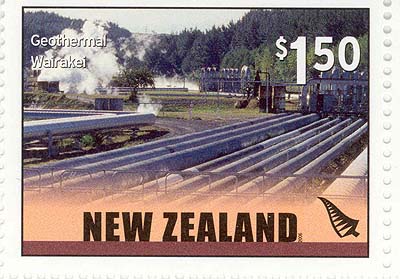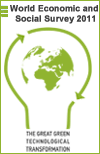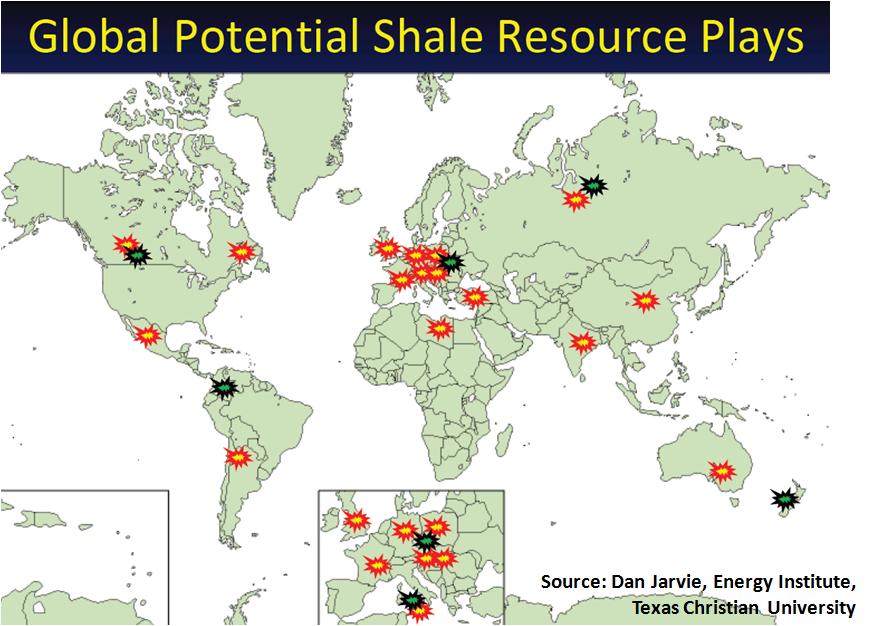 Richard Alley’s book Earth: The Operators’ Manual, which I reviewed recently, was written as a companion to a PBS documentary of the same name. The documentary has recently screened in the US and is now available for viewing here. The broad themes are the same as those of the book. They’re not complicated: taking our energy from fossil fuels has caused climate change, but there are clean energy alternatives more than adequate to human needs and the sooner we move to deploy them the better.
Richard Alley’s book Earth: The Operators’ Manual, which I reviewed recently, was written as a companion to a PBS documentary of the same name. The documentary has recently screened in the US and is now available for viewing here. The broad themes are the same as those of the book. They’re not complicated: taking our energy from fossil fuels has caused climate change, but there are clean energy alternatives more than adequate to human needs and the sooner we move to deploy them the better.
Funded by the National Science Foundation, the documentary takes Alley to many places and countries, including New Zealand. He dwells on the human need for energy, the kind of energy demands a growing population will make, and the ultimate inability of fossil fuels, a limited resource, to meet that demand even if we could carry on burning them with impunity. But we can’t, and Alley explains why. A visit to the Franz Josef and Tasman glaciers, with some great photography, is part of what he uses to explain the real world impact of changing levels of CO2. A fascinating visit to the national ice core laboratory in Denver, Colorado demonstrates that today atmospheric CO2 is at a level not seen in cores that go back as far as 400,000 years – far above them, in fact. Then it’s back to New Zealand as, against the background of Rotorua thermal activity, Alley explains the isotopic evidence that backs up the relative volume measurements to confirm that the increased CO2 is the result of burning fossil fuels, dwarfing natural volcanic processes.
Continue reading “Alley’s documentary: upbeat and optimistic”
Like this:
Like Loading...
 From a climate change perspective the New Zealand Energy Strategy 2011-2016 is hopelessly compromised by its determination to exploit all the oil and gas that can be found, including deep sea methane hydrates. Take a look at this extract, the second paragraph in the strategy document:
From a climate change perspective the New Zealand Energy Strategy 2011-2016 is hopelessly compromised by its determination to exploit all the oil and gas that can be found, including deep sea methane hydrates. Take a look at this extract, the second paragraph in the strategy document:
 I’ve been looking at the
I’ve been looking at the  “L&M Energy Limited is pleased to announce that it has identified five areas of interest in the South Island of New Zealand that hold significant shale gas potential analogous to some of the most productive shale acreage in the USA.” This statement headed a press release from
“L&M Energy Limited is pleased to announce that it has identified five areas of interest in the South Island of New Zealand that hold significant shale gas potential analogous to some of the most productive shale acreage in the USA.” This statement headed a press release from  Richard Alley’s book Earth: The Operators’ Manual, which I
Richard Alley’s book Earth: The Operators’ Manual, which I